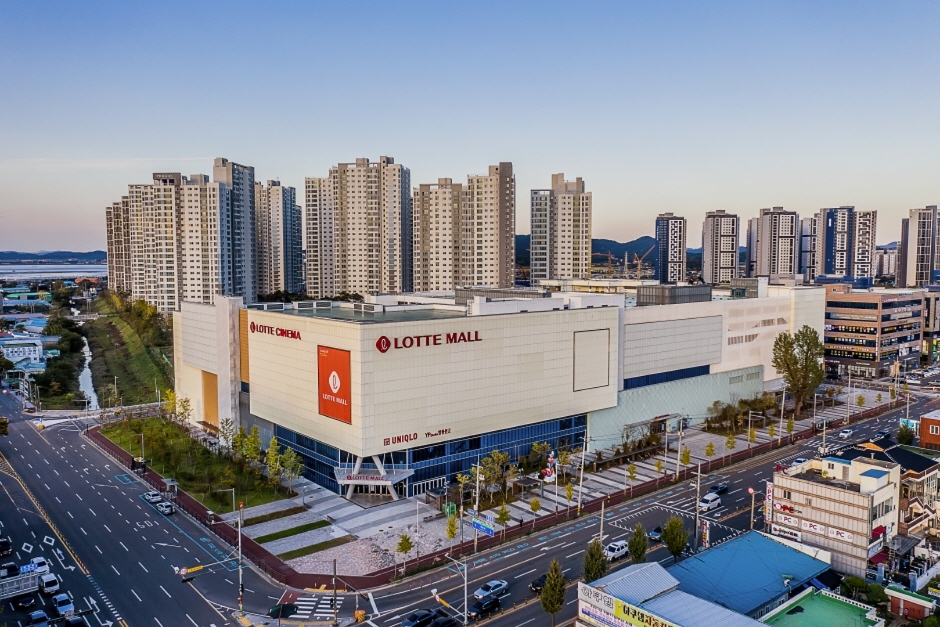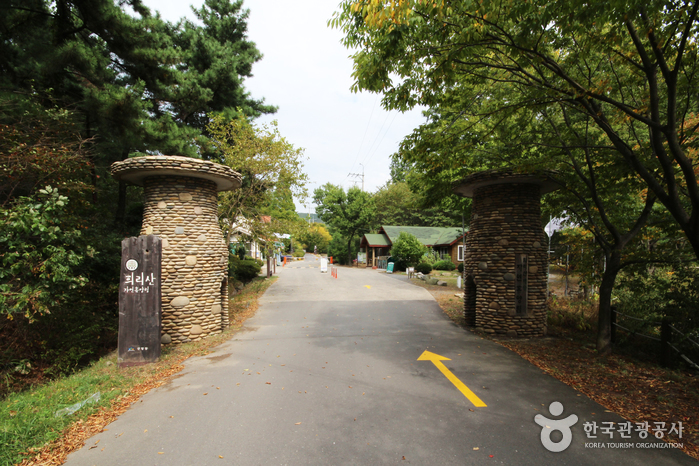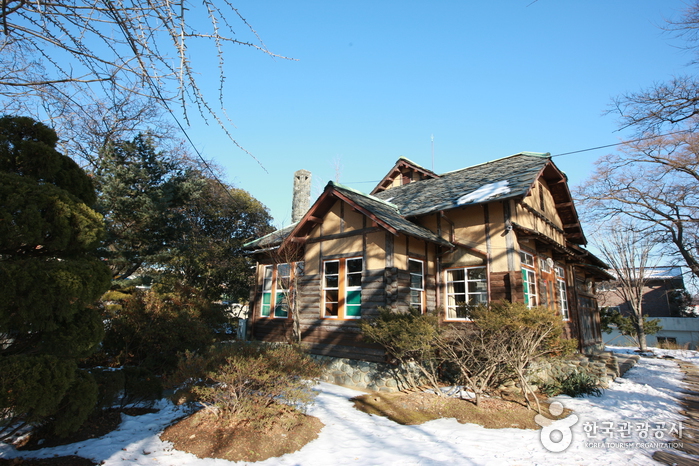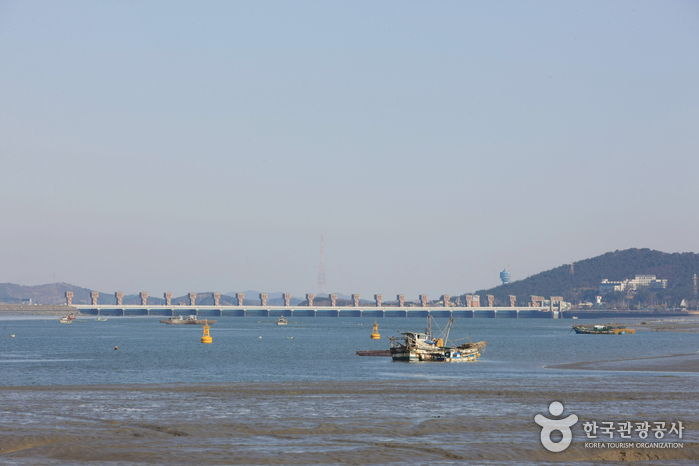Adidas - Lotte Mall Gunsan Branch [Tax Refund Shop] (아디다스 롯데몰군산)
12.3Km 2024-04-17
130, Jochon-ro, Gunsan-si, Jeollabuk-do
-
Uniqlo - Lotte Mall Gunsan Branch [Tax Refund Shop] (유니클로 롯데몰군산)
12.3Km 2024-04-18
1F, 130, Jochon-ro, Gunsan-si, Jeollabuk-do
-
TBJ - Lotte Mall Gunsan Branch [Tax Refund Shop] (TBJ 롯데몰군산)
12.3Km 2024-04-22
2F, 130, Jochon-ro, Gunsan-si, Jeollabuk-do
-
The North Face - Lotte Mall Gunsan Branch [Tax Refund Shop] (노스페이스 롯데몰군산)
12.3Km 2024-04-22
2F, 130, Jochon-ro, Gunsan-si, Jeollabuk-do
-
MLB - Lotte Mall Gunsan Branch [Tax Refund Shop] (MLB 롯데몰군산)
12.3Km 2024-04-23
B1F, 124, Singomae-ro, Giheung-gu, Yongin-si, Gyeonggi-do
-
Beanpole - Lotte Mall Gunsan Branch [Tax Refund Shop] (빈폴 롯데몰 군산점)
12.3Km 2024-04-23
130, Jochon-ro, Gunsan-si, Jeollabuk-do
-
LOTTE Shopping Mall – Gunsan Branch (롯데몰 군산점)
12.3Km 2024-04-06
130 Jochon-ro, Gunsan-si, Jeonbuk-do
It is a shopping town where visitors can enjoy shopping, culture, and entertainment together, and it is the largest and first complex shopping mall in Jeonbuk State.
LOTTE Shopping Mall Gunsan Branch is full of fun 365 days with various events and performances for children.
Huirisan Pine Tree Recreational Forest (국립 희리산해송자연휴양림)
14.2Km 2022-07-22
+82-41-953-2230
Surrounded by majestic pine trees, Huirisan Mountain boasts an outstanding landscape; there is a reservoir at the foot of the mountain. Upon climbing to the top of the mountain, visitor can overlook the scenic West Sea. There are also numerous attractions near Huirisan: Chunjangdae Beach, Geumgang River Banks, and Hansan Mosi Town (“Mosi” referring to “Ramie,” the predominant fabric used for traditional Korean clothing)
The top of the mountain (329m in x_height) is called Munsubong (or Munsu Peak). To the northwest of the Huirisan Pine Tree Recreational Forest is Saindae. Legend goes that four generals used to play there. Indeed, there is a cliff (140m in x_height) just below Saindae where they were believed to do chin-ups. Naturally, people call the area Teokgeolijang (Chin-Up Spot). Traces of Munsusa Temple still remain below Munsubong although it was said to have been destroyed by a huge number of bedbugs. 500m from Munsubong to the south, horse riding trails of the four generals are dotted along the ridge; Malttongbawi (Horse Dung Rock), resembling horse droppings, is 500m from the peak to the southeast.
Below Munsubong are four large peaks where the four generals lived and 100 small rocks beneath them that were home to low ranking men commanded by the generals. Because of their unique shapes, those rocks form a scenic sight while hiking in Huirisan.
House of Lee Young-choon (이영춘가옥)
14.2Km 2024-04-07
7, Donggaejeong-gil, Gunsan-si, Jeonbuk-do
+82-63-454-3922
The House of Lee Young-choon was constructed by
a Japanese landlord named Kumamoto during the Japanese colonial era. The house combined Western, Korean, and Japanese into one structure. After Korean liberation, Dr. Lee Young-choon, the first medical doctor, lived in the house. From that time, the house was referred to as the
House of Lee Young-choon.
Thanks to its beautiful exterior, the house was used as a backdrop for films such as Bingjeom, Sandglass, and Yain Shidae, etc.
The doctor was considered the Korean "Albert Schweitzer", and his
pen name of "Ho", referring to ssangcheon,
means "two branches of spring water, represents one for healing physical disease and the other for healing the
spirit. He was born in Yonggang-gun, Pyeongannam-do in October 1903. In 1935,
through a connection by his professor at Pyeongyanggobo School, he took a position
as the head of Jahye Hospital to take care of 20,000 people. In addition, he was the first person
in Korea to implement the policy of school nurses as well as the medical insurance union.
Gunsan Geumgang Estuary Bank (금강하구둑(군산))
14.8Km 2024-04-07
120, Cheolsae-ro, Gunsan-si, Jeonbuk-do
+82-63-454-3353
Geumgang Estuary Bank was completed in 1990 as part of an agricultural development project for 6 cities and counties in Chungcheongnam-do and Jeollabuk-do. The Korea Agricultural and Rural Infrastructure Corporation invested approximately 100 billion won for the project and the construction lasted for 8 years. The estuary bank can hold up to 130 million tons of water. The 1,840-meter long bank serves a bridge that connects Chungcheongnam-do to Jeollabuk-do.
Aside from being the source of water for agricultural and industrial use in Jeollabuk-do and Chungcheongnam-do, the bank also provides flood control for the area around Geumgang River. It helps keep Gunsanhang Port operational by preventing soil
and sand from accumulating at the mouth of the river. It also prevents the backwash of seawater from causing damage to farmlands. Geumgang Estuary Bank has an important role as a tourist destination by connecting Gunsan and Janghang.
![Adidas - Lotte Mall Gunsan Branch [Tax Refund Shop] (아디다스 롯데몰군산)](http://tong.visitkorea.or.kr/cms/resource/78/2888278_image2_1.jpg)
![Uniqlo - Lotte Mall Gunsan Branch [Tax Refund Shop] (유니클로 롯데몰군산)](http://tong.visitkorea.or.kr/cms/resource/14/2888414_image2_1.jpg)
![TBJ - Lotte Mall Gunsan Branch [Tax Refund Shop] (TBJ 롯데몰군산)](http://tong.visitkorea.or.kr/cms/resource/73/2888573_image2_1.jpg)
![The North Face - Lotte Mall Gunsan Branch [Tax Refund Shop] (노스페이스 롯데몰군산)](http://tong.visitkorea.or.kr/cms/resource/74/2888974_image2_1.jpg)
![MLB - Lotte Mall Gunsan Branch [Tax Refund Shop] (MLB 롯데몰군산)](http://tong.visitkorea.or.kr/cms/resource/52/2889452_image2_1.jpg)
![Beanpole - Lotte Mall Gunsan Branch [Tax Refund Shop] (빈폴 롯데몰 군산점)](http://tong.visitkorea.or.kr/cms/resource/47/2890547_image2_1.jpg)




 English
English
 한국어
한국어 日本語
日本語 中文(简体)
中文(简体) Deutsch
Deutsch Français
Français Español
Español Русский
Русский